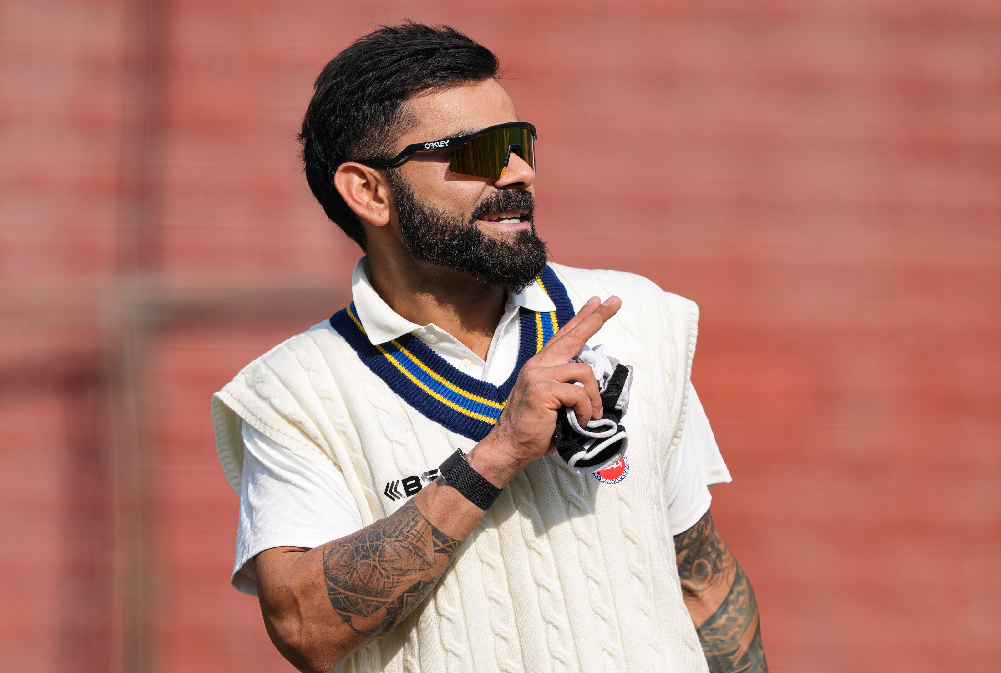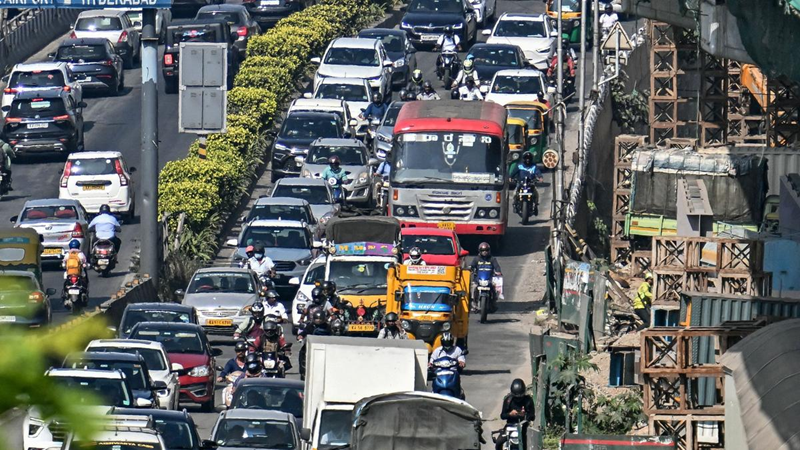
Whither Demonetisation!
Fifth anniversary of the Demonetisation has just passed. There was no official word about its gains and rewards. But the horrors ‘the surgical strike’ wreaked on economy is worth a recall as no economy of India’s size should be subjected to such a policy-induced but politically motivated shock of this dimension. An ill-advised step sucked out the cash, the very nutrient of the economy; rendered millions jobless and smothered the informal economy employing 94% of the workforce that sustains itself from the sector.
The initiative slowed down economy, choked cash flow, lined up millions in queues outside banks, caused several hundreds of deaths and brought misery to common masses. The Modi Government foisted the surprise on a hapless nation on a 4-hour notice on November 8, 2016 thereby delegitimizing 86% of the currency then in circulation. Stated objectives were to purge the economy of black money, cut terror funding, and eliminate counterfeit currency and blot out hawala transactions. It was plain from the very nature of the move that it was an exercise that was ultra vires of the tenets and spirit of democracy and was applied with all its opacity over a nation totally unprepared to suffer its consequence.
Cabinet Committee on Economic Affairs had not discussed it, majority of the members of the cabinet were unaware of it and the Central Bank had no clue of a step that would trigger an upheaval of a gargantuan proportion. Even the rationale and justification cited for the move did not take long to come unstuck soon thereafter.
A diffident prime minister kept on continually rephrasing the objective from a transition to a ‘cashless economy’ to ‘an economy with less cash’ to ‘digital economy’. No doubt it did nudge the economy towards digital payments, but the major outcomes intended remained unachieved. Joblessness surged to a decade high of 6.1% in 2017-18, with 50 lakh jobs vanishing between 2016 and 2018. Claims of flushing out the black money were trashed by the August 30, 2017 RBI Report on Demonetisation which said 99% of the banned notes—Rs. 500 and Rs. 1,000—supposed to be the repository of the black wealth, were back into the banking system. Jewellers who did brisk business in those fateful four hours were proof enough that all black wealth is not stored in cash. Bankers too elucidated the task for their rich clients by changing notes at a hefty 30% charge thus generating more black money. Jan Dhan accounts springing to life were evidence enough that the poor and the indigent were being used as ‘cash mules’. Introduction of Rs. 2,000 notes ensured that the unwise move only rendered the task of currency hoarders a lot more easy. The push it gave to the digital economy should however not remain unacknowledged.
But with the benefit of hindsight on pace of finance technology it can well be said that it was coming and would have anyway happened with or without the draconian measure. Demonetisation failed to achieve any of its goals. Terrorism survives.
No black wealth has returned from the foreign shores. There are Hawala operators galore. Elections are still cash-rich festivals coveted by all and making a mockery of the cashless economy
 English daily published in Bengaluru & Doha
English daily published in Bengaluru & Doha






